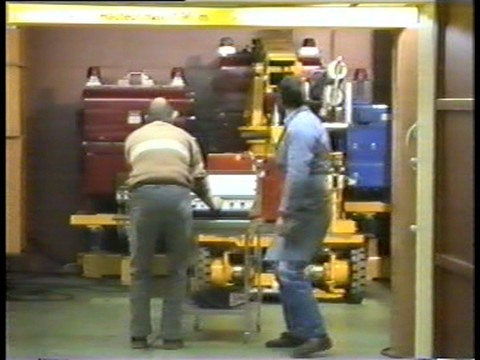Nicholas Christofilos

An elevator maintenance engineer who invented the concept of the "alternating gradients focusing" back in 1949. It was thanks to his method that the 28GeV Proton Synchrotron could be built with a realistic size and badget at CERN back in the 50's.
Eversince all Synchrotron particle accelerators are based on his concept of "strong focusing".
Christofilos contribution to the accelerator technology has been thoroughly documented by A.K.Melissinos of the Astronomy Department, University of Rochester, USA. The early development of strong focusing by Christofilos has been recognised in a Physics Review article by his Brookhaven National Laboratory colleagues.
Christofilos second major contribution in particle Physics came through a military programme he started under the code name Astron ("the star" in Greek); it concerned the creation of a virtual chamber made of relativistic electrons for the containment of plasma (this is an essential step towards the fusion process) as described in a text by E.Coleman.
Christofilos was also the director of an other significant military project that aimed at the experimental verification of his idea; if a large number of relativistic particles could be injected at specific points in the Earth's magnetic field they could create a "third" Van Allen belt with significant implications in radar reception and communications. Watch a US navy video that has become unclassified.
Christofilos passed away suddenly in 1972. His death came, allegedly, the night after it was announced to him that his child-project Argos would no longer be funded by the US Military programmes. His last very important contribution is believed to be the extreme low frequency communication system. The system used an antenna that extended hundreds of kilometers to allow communication with submerged submarines of the US Navy. His system had been operational until the early 90's by the US Navy.







